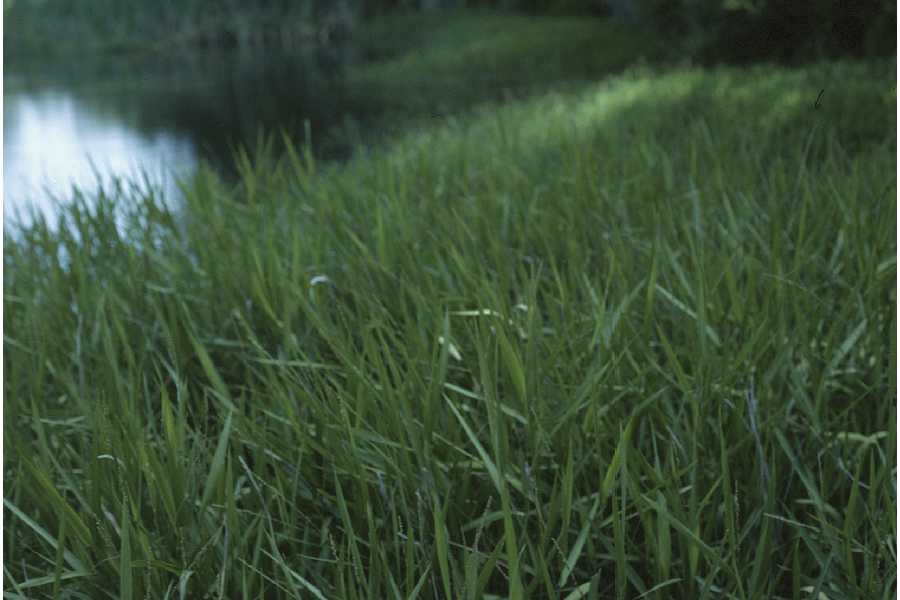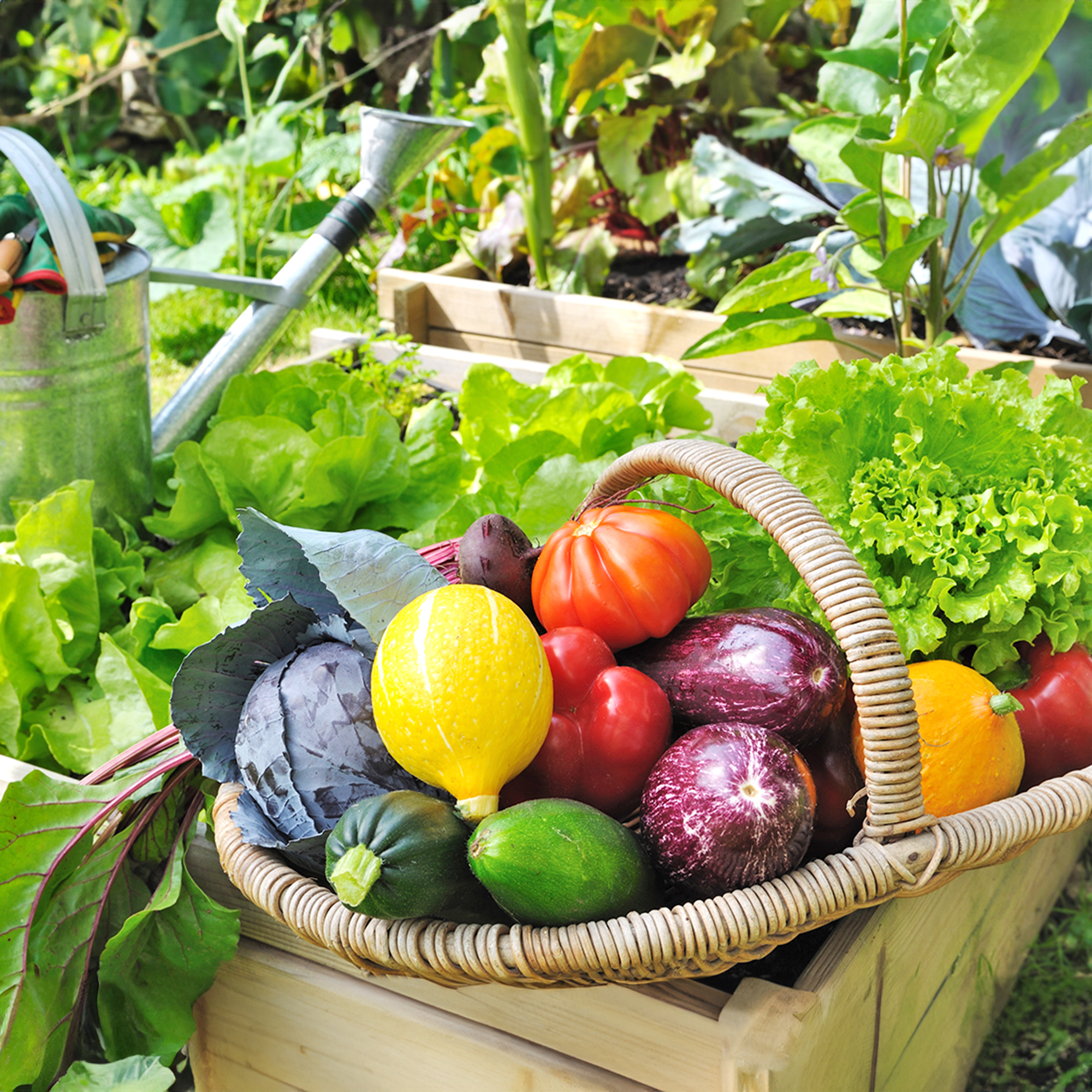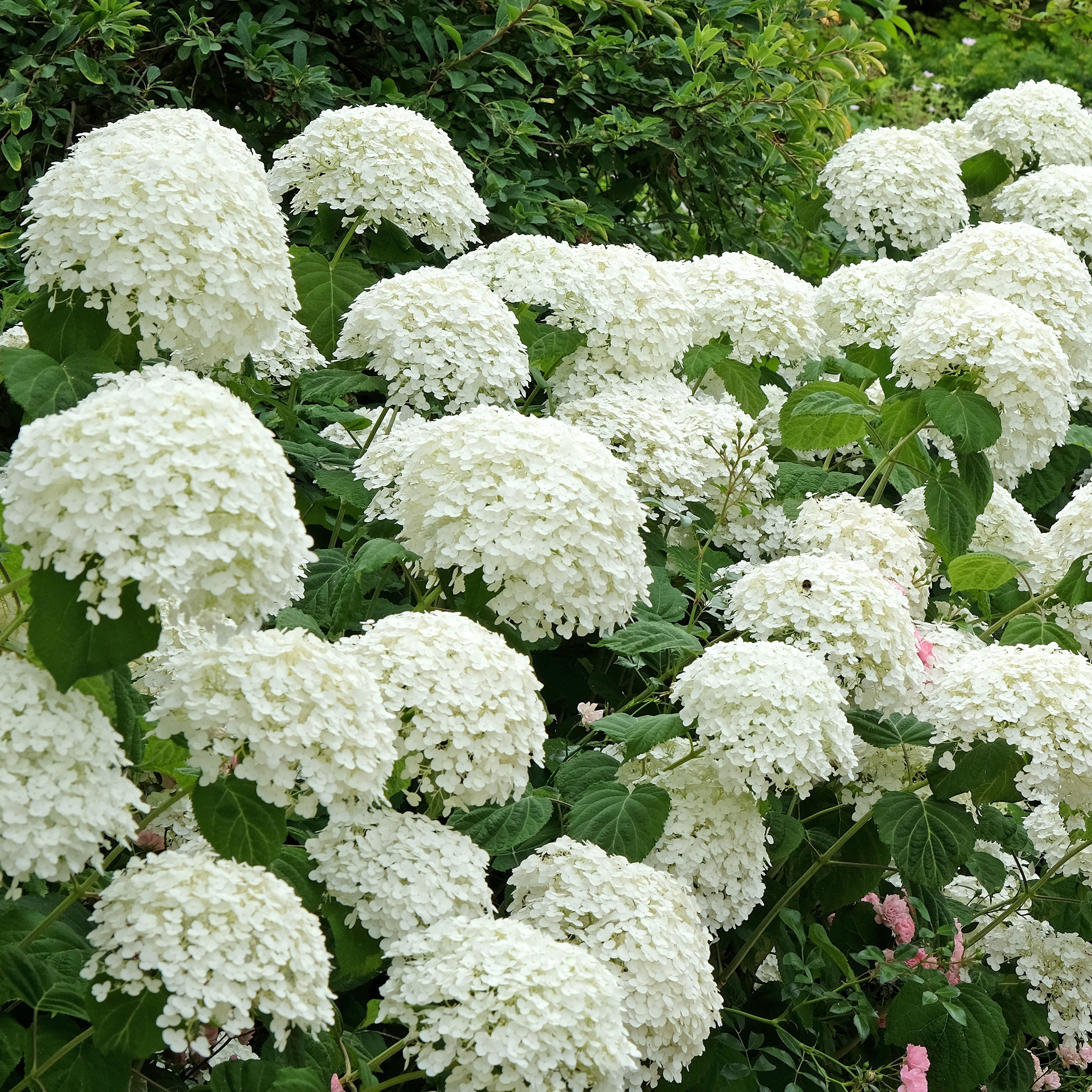What Is Maidencane Grass – Learn About Maidencane Control In Gardens


Maidencane (Panicum hemitomon) grows wild in much of the southeastern United States. While it is an important wild food for animals, the tenacious rhizomes spread readily and quickly and can pose a threat to native plants. For this reason, controlling maidencane weeds in some regions is a necessity. There are several different methods of maidencane control. Which one is right for you depends upon the size and severity of the infestation.
What is Maidencane?
If you live in marshy, coastal regions of the southern U.S., you probably recognize maidencane grass. What is maidencane grass? It is a riparian soil stabilizer that forms important root colonies for fish and invertebrates and is widely browsed by deer and other animals. It can also be a noxious weed that pushes out native plants and changes ecosystems. When this happens, it is important to begin maidencane control and prevent loss of habitat. Maidencane is a perennial grass that grows between 2 and 6 feet in height (61 cm. to 2 m.). Blades are smooth and hairless with overlapping sheaths that angle out from the main leaf. Leaves may be up to 12 inches long (31 cm.) and an inch wide (2.5 cm.), and taper gracefully. Flowers are borne on a narrow spike. Seedheads are delicate and travel on the wind, but many are sterile. The most common method of maidencane propagation is through rhizomes. Maidencane rhizomes can move 2 feet (61 cm.) under the soil and have a similar spread. In areas with perfect maidencane growing conditions, the spread of the plant can be rapid and potentially dramatic as the plant eats up areas that should have a more diverse flora. Most gardeners don't have maidencane in gardens but it is often part of the waterline in properties near lakes, rivers, fens, and other moist sites near the coast. The ideal maidencane growing conditions are warm temperatures, consistent moisture, and tolerates almost any light level. Maidencane can withstand any soil pH and can even survive anaerobic situations. It is an important part of the floating marshes of Louisiana. Maidencane is also fire resistant unless the rhizomes are burned. As long as the rhizomes remain wet and unburned, the plant will spring back easily from wild fires.
Maidencane Control
Controlling maidencane weeds can be tricky. This is because even small pieces of the rhizome left behind will start a new colony. That makes hand pulling unwise. However, over time consistent mowing or tilling can control the plant by reducing its supply of energy. Herbicides can be effective controls but their use near water can be detrimental to fish and other aquatic animals. Additionally, large stands of maidencane decomposing in the water can reduce oxygen and cause other problems. To keep wild stands off your property, a physical barrier may be required that is at least 2 feet (61 cm.) under the soil. Another potential method of control is the use of goats, but be wary – they have no rule book and will eat other plants as well.
Gardening tips, videos, info and more delivered right to your inbox!
Sign up for the Gardening Know How newsletter today and receive a free copy of our e-book "How to Grow Delicious Tomatoes".

Bonnie Grant is a professional landscaper with a Certification in Urban Gardening. She has been gardening and writing for 15 years. A former professional chef, she has a passion for edible landscaping.
-
 15 Best Vegetables To Plant In May For A Summer Bounty Of Fresh Homegrown Produce
15 Best Vegetables To Plant In May For A Summer Bounty Of Fresh Homegrown ProduceGet planting your dream garden with these best vegetables to start in May – including options for direct sowing, indoor seed-starting, and planting seedlings.
-
 Native Hydrangea Varieties In North America – 8 Sensational Smooth And Oakleaf Varieties For Hardy Blooms And Multi-Season Beauty
Native Hydrangea Varieties In North America – 8 Sensational Smooth And Oakleaf Varieties For Hardy Blooms And Multi-Season BeautyHydrangeas are beloved for their enduring visual dynamics – but if you go native, they’re even better. Here are the most captivating native hydrangea varieties you can grow